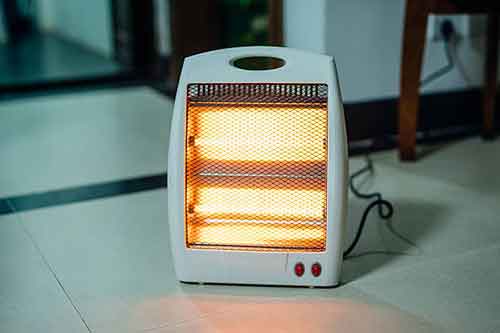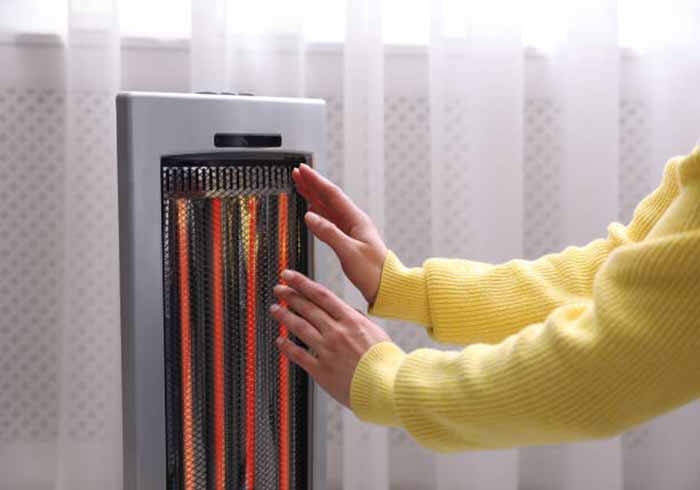If you’re looking for a heating solution that’s both energy efficient and environmentally friendly, then look no further than infrared. It’s not only cheaper to run but also offers many other benefits.
Infrared heating is much more efficient than traditional heating systems because it warms up the objects in a room, rather than the air. This means you can heat a room up faster and use less energy, which saves you money!
1. It’s more energy efficient

The infrared energy that is radiated by an infrared heater is a more efficient form of heat than other heating methods. Traditional heating methods like radiators, which use convection to distribute heat, are pretty inefficient.
Conventional heating systems also rely on air as a medium for transporting heat – and this creates a lot of wear and tear. It also means dust and allergens can be pushed around the room – another reason why those with breathing issues aren’t so happy about conventional heating.
On the other hand, infrared heat is emitted by objects rather than air – so there’s less wear and tear on your heating system. In addition, it’s also much more environmentally friendly than other heating options.
2. It’s more comfortable
Infrared heating warms the people and objects directly, unlike traditional methods of heat which heat the air (also known as convection). This is a much more comfortable way to keep you warm.
This also means that you don’t have to wait for a radiator to pre-heat the entire room. Instead, a gentle blanket of low-intensity infrared waves spread warmth that is received directly by people, furniture and the fabric of your home.
Infrared is especially useful in areas where there is a lot of movement, such as warehouses and cavernous spaces. This is because infrared heat helps to counteract frequent air loss.
3. It’s more environmentally friendly
Infrared heating is a far more eco-friendly way to heat your home than other methods, which rely on fossil fuels. It also does not add any pollutants to your home, unlike traditional wood burning stoves and gas boilers.
It is also gentle on allergies and combats damp and mould – another common problem associated with conventional convection heaters.
It’s also compatible with renewable energy sources, such as solar panels. This reduces its impact on the environment even further.
4. It’s more affordable
Infrared heating is a lot more affordable than other heating methods. This is due to the fact that it doesn’t require any maintenance, unlike other heaters that require expensive repairs.
Moreover, it doesn’t rely on air currents to transfer heat, which minimizes the circulation of hazardous particles and chemicals that can cause allergies. This makes infrared heating a better option for people with respiratory problems.
It also reduces the rise and fall of hot air in a room, which dislodges dust and other allergens. This is especially beneficial for allergy sufferers who find hot, dry air aggravates their symptoms.
Summary:
Infrared heating panels are comparatively low-cost to purchase, with an average cost per 600-W heater being around EUR600. In addition, they can be operated on cheaper off-peak electricity prices when paired with a separate dual-tariff meter.
